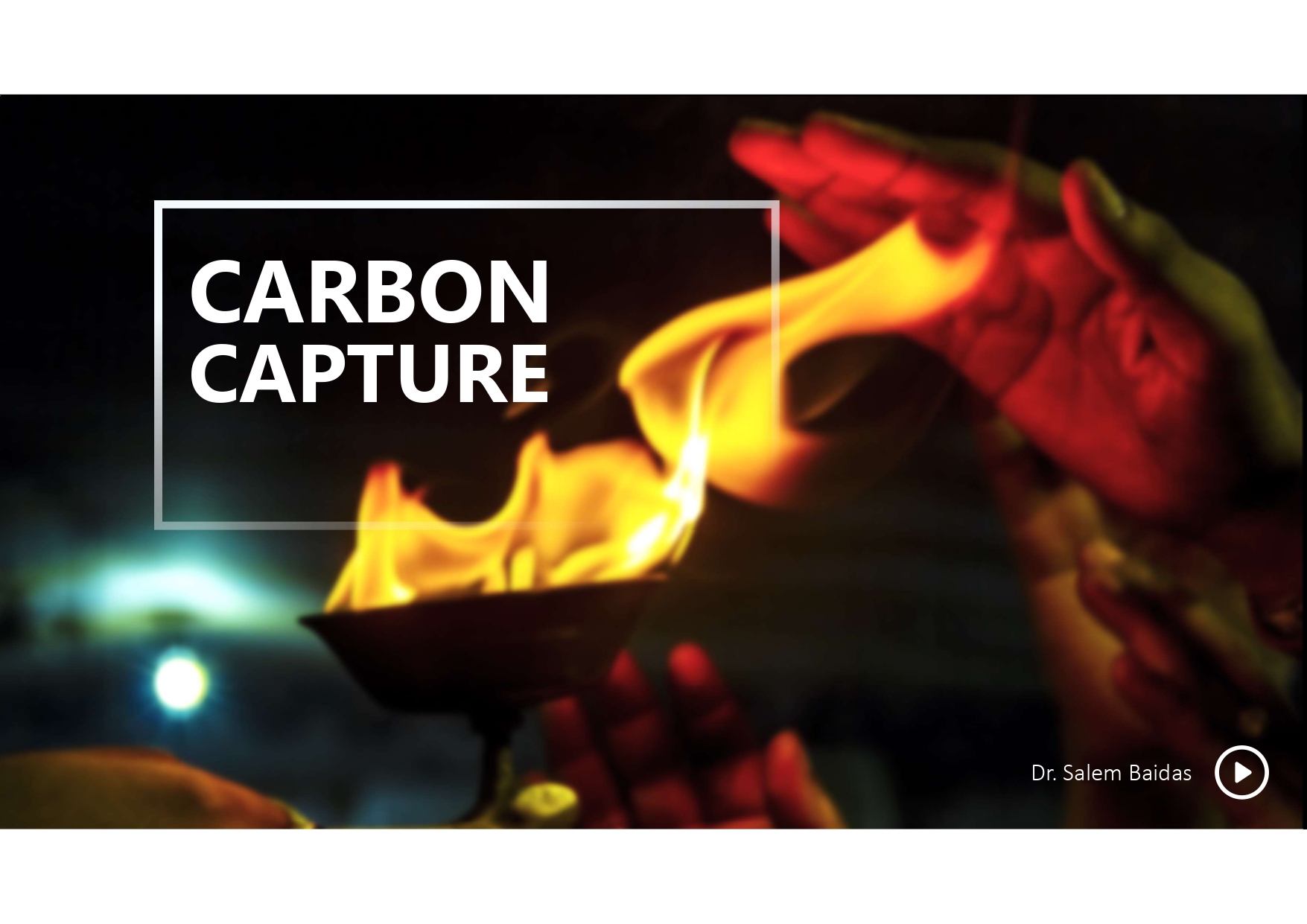Carbon Capture
January 2024 – Carbon Capture is the process of capturing Carbon Dioxide gas (CO2) produced by industrial processes, preventing its release into the atmosphere. The primary goal of carbon capture is to reduce carbon emissions because carbon dioxide is the primary Greenhouse Gas (GHG) contributing to climate change. Carbon Capture, Utilization, and Storage (CCUS), also known as (CCS), refers to a suite of technologies that perform carbon capture. CCUS involves four stages: capture, transport, storage, and use. CCUS technologies include Enhanced Oil Recovery (EOR), carbon sequestration, Direct Air Capture (DAC), and carbon absorption by Ammonia. There are many benefits to carbon capture such as climate mitigation and new job creation. However, there are challenges such as the high cost of installation, and concerns about the safety of the stored carbon. Policy wise, the Intergovernmental Panel on Climate Change (IPCC) have outlined an important role for CCUS to reach net zero emissions by 2050.
In this slideshow, you will learn about the definition, technologies, benefits, challenges, UN policy, and global statistics of carbon capture. Discover how CCUS technologies can reduce global carbon emissions by up to 90% to promote the clean energy transition and meet net zero emission goals by 2050.


























